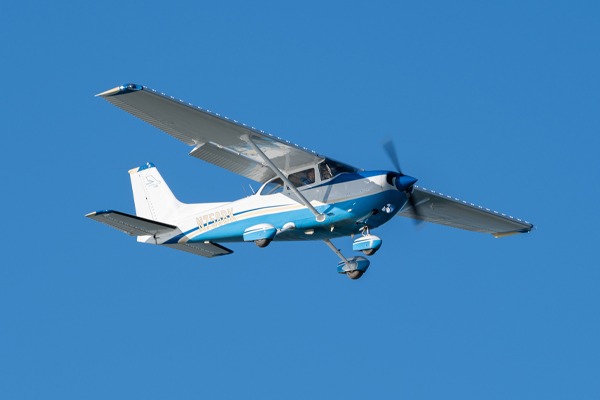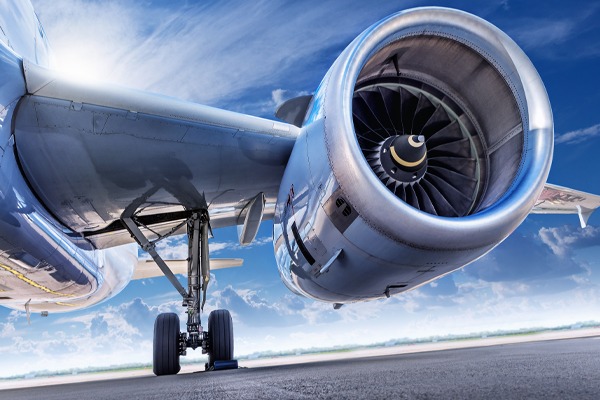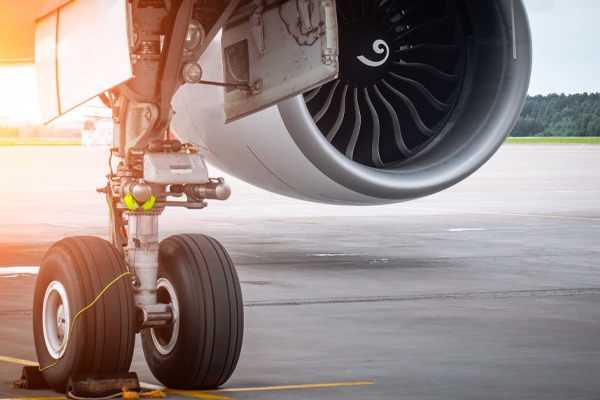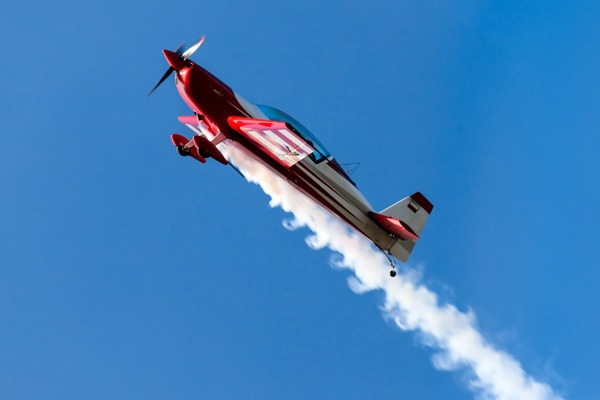Aviation is a fascinating field that combines numerous disciplines, all while defying gravity to take to the skies. At the core of flight are four fundamental forces: lift, weight, thrust, and drag. Understanding these various forces is essential for aspiring pilots, aviation enthusiasts, and anyone interested in how airplanes stay in the air. This guide will break down each of these forces, explaining how they interact and influence flight.

Lift: The Key to Defying Gravity
Lift is the force that allows an aircraft to rise off the ground and remain airborne. The primary source of lift is generated by the wings as air flows over and under them. In 1738, Daniel Bernoulli discovered that, as the speed of a fluid increases, its pressure decreases. For our purposes, air molecules act similarly to a fluid, with the curved design (airfoil shape) of the wing causing air to move faster over the upper, curved surface than the air flowing along the flatter, lower surface. This difference in pressure creates lift, pulling the aircraft upward.
Lift can also be divided into two parts: a vertical component and a horizontal component. While the vertical component brings an aircraft into the air, total lift can be deflected and shared with the horizontal component, causing an aircraft to turn. Because of the tradeoff in total lift, a pilot may need to pitch the nose up or increase power to maintain altitude.
Other factors influencing lift include the angle of attack (the angle between the wing and oncoming air), airspeed, and wing design. Pilots can control lift by adjusting the angle of attack, flaps (we’ll cover aircraft control surfaces in a future post), and speed. However, too steep of an angle of attack can lead to a stall, where airflow separates from the wing, causing a sudden loss of lift.

Weight: The Force Pulling the Aircraft Down
Weight, also known as gravity, is the force that pulls the aircraft toward the earth. It acts in direct opposition to lift, and for an airplane to stay in the air, lift must be equal to or greater than the weight. While total lift can be deflected and shared with its horizontal component at varying degrees, weight (or gravity) is always directed toward the center of the earth.
The total weight of an aircraft includes its structure, fuel, passengers, and cargo. Aircraft designers and pilots must carefully manage weight to ensure a safe and efficient flight. If an aircraft is too heavy, it requires more lift to stay aloft, which in turn demands more thrust and fuel. This is why weight and balance calculations are a crucial part of flight planning.

Thrust: The Power to Move Forward
Thrust is the force that propels an aircraft forward through the air. It is most often generated by an engine – whether it be a propeller, jet turbine, or other propulsion system. The role of thrust is to overcome drag and create enough speed for the wings to generate lift.
Different types of aircraft produce thrust in different ways:
- Propeller-driven airplanes use rotating blades (almost like a screw) to pull air backward, creating forward motion.
- Jet engines expel high-speed exhaust gases, pushing the aircraft forward through Newton’s Third Law (for every action, there is an equal and opposite reaction).
- Rocket-powered aircraft use combustion to force gas out of a nozzle, providing thrust even in space where there is no air.
The amount of thrust required depends on the aircraft’s weight, drag, and desired speed. Pilots control thrust through throttle adjustments, increasing power during takeoff and reducing it during descent.

Drag: The Resistant to Forward Motion
Drag is the force that opposes an aircraft’s motion through the air. It is caused by air resistance and friction as the aircraft moves forward. There are two primary types of drag:
- Induced Drag – This is a byproduct of lift. When an aircraft generates lift, it also creates swirling air currents at the wingtips known as vortices, which produce resistance. Induced drag is greater at lower speeds and decreases as speed increases.
- Parasite Drag – This includes all non-lift-producing parts of the aircraft that create resistance, such as the fuselage, landing gear, antennas, and external equipment. The faster an aircraft moves, the more parasite drag increases.
Pilots and aircraft designers work to minimize drag by streamlining aircraft shapes, retracting landing gear in flight, and using efficient wing designs. Keeping a plane’s fuselage clean and waxed can also help in reducing drag, with each of these adjustments helping improve fuel efficiency while increasing speed.

The Balance of Forces in Flight
For an aircraft to fly successfully, these four forces must carefully be balanced:
- During takeoff, thrust must be greater than drag, and lift must exceed weight to allow the aircraft to climb.
- In level flight, lift equals weight, and thrust equals drag, maintaining a steady altitude and speed.
- During descent and landing, weight becomes greater than lift, and pilots reduce thrust to slow down while managing drag for control.
Every phase of flight involves constant adjustments to these forces, which pilots make using throttle controls, elevators, rudders, and ailerons.
The four forces of flight – lift, weight, thrust, and drag – are the fundamental principles that make aviation possible. Understanding how these forces interact provides insight into the science behind flight and helps pilots control aircraft effectively. Whether you’re an aspiring aviator or simply curious about the mechanics of flight, mastering these concepts is an essential step in your aviation journey.
Stay tuned for more free flight training resources and tips from DreamFlight Charities as we help inspire and educate the next generation of aviators!

